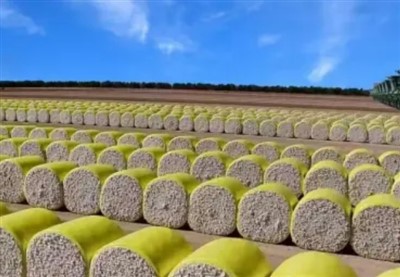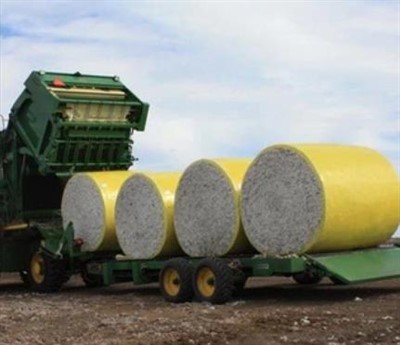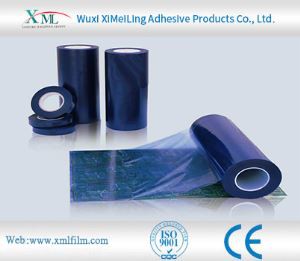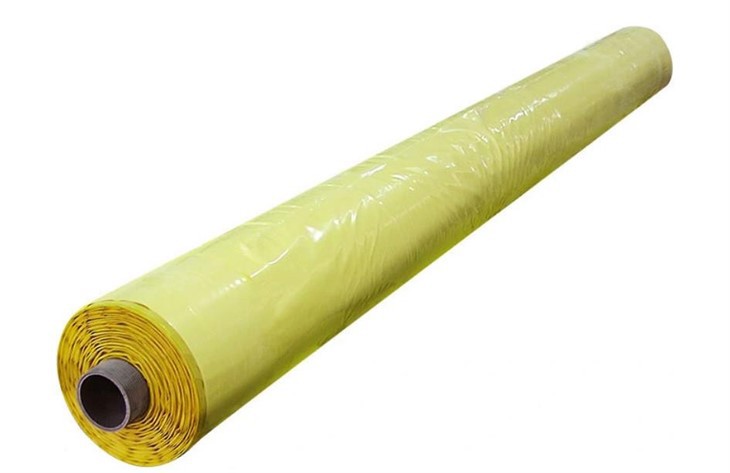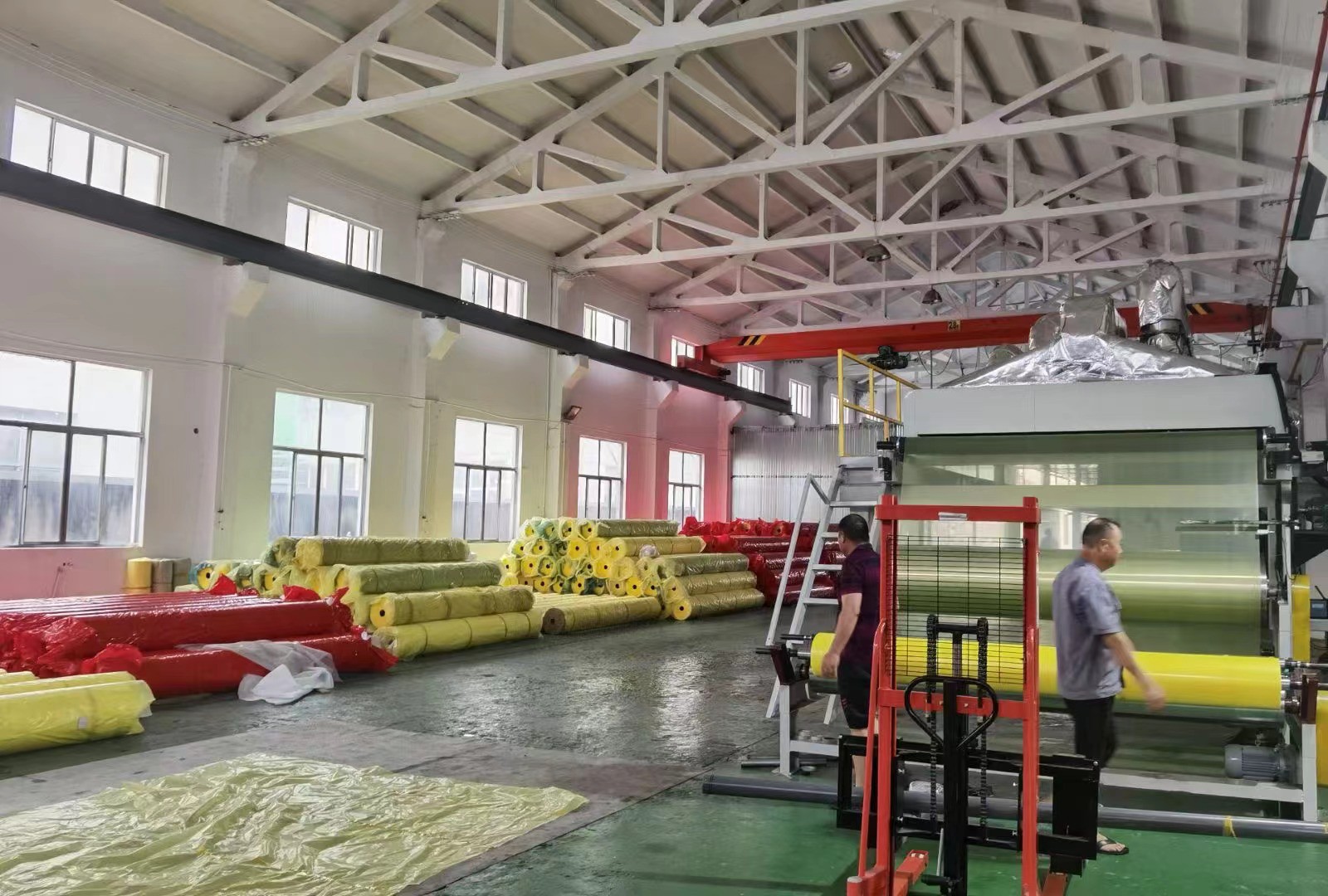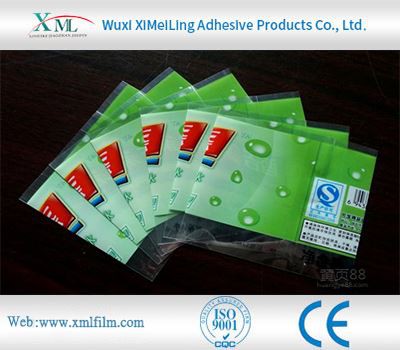Poor adhesion in cotton baling film can lead to loose bales, increased risk of damage during transport, and reduced efficiency. Here are effective solutions to address this issue, covering material adjustments, process optimization, and operational tips:
-
Incorporate Tackifiers: Add synthetic resins (e.g., polyisobutylene or ethylene-vinyl acetate (EVA)) to the film’s polymer blend. These tackifiers enhance surface stickiness without compromising tensile strength. For example, a 2–5% concentration of EVA in polyethylene (PE) films can significantly improve adhesion while maintaining flexibility.
-
Use Co-Polymers: Switch to co-polymer resins like linear low-density polyethylene (LLDPE), which inherently offer better cling properties than high-density PE (HDPE). LLDPE’s branched molecular structure increases surface friction and inter-layer adhesion, making it ideal for baling films requiring self-cling.
-
Antioxidant and Additive Balance: Ensure the film formulation includes appropriate antioxidants (e.g., hindered phenolics) to prevent thermal degradation during extrusion, which can weaken adhesion over time. Avoid overusing slip agents (e.g., silica or fatty acid amides), as they reduce surface tackiness.
-
Adjust Extrusion Parameters:
-
Temperature Control: Fine-tune the extrusion temperature to ensure uniform melting of resins. For LLDPE-based films, maintaining a melt temperature of 190–210°C can enhance molecular alignment and surface stickiness.
-
Blow Ratio and Cooling Rate: Increase the blow ratio (e.g., from 2:1 to 3:1) to stretch the film more during bubble formation, which aligns polymer chains and improves cling. Faster cooling (e.g., using a cold air ring) can also preserve the film’s surface tack by preventing excessive crystallization.
-
Corona Treatment: Apply corona discharge to the film’s surface immediately after extrusion. This process oxidizes the surface, increasing its surface energy and adhesion. A treatment level of 38–42 dynes/cm is typically required for optimal cling; lower values (e.g., <34 dynes/cm) indicate insufficient treatment.
-
Temperature and Humidity Control: Store film rolls in a dry, climate-controlled environment (20–25°C, <60% humidity). High humidity can degrade additives, while extreme cold or heat (e.g., <10°C or >40°C) reduces the film’s flexibility and adhesion.
-
Proper Roll Tension: Ensure film rolls are wound with consistent tension during manufacturing. Loose winding can cause air pockets between layers, reducing inter-layer adhesion. A tension range of 10–15 N/m is recommended for most baling films.
-
Avoid Contamination: Keep the film surface clean during handling. Dust, oils, or moisture on the film can act as barriers, reducing cling. Use anti-static additives in the film formulation to minimize dust attraction.
-
Baling Machine Settings:
-
Stretch Ratio: Increase the film’s stretch ratio during application (e.g., from 150% to 200%) to activate its cling properties. Higher stretch exposes more tacky surfaces and improves wrap tightness.
-
Overlap Percentage: Ensure the film overlaps by 30–50% during wrapping. Inadequate overlap (e.g., <20%) reduces the contact area for adhesion, leading to loose bales.
-
Film Thickness: Switch to a slightly thinner film (e.g., from 20 microns to 15 microns) if adhesion is poor. Thinner films often have higher surface energy and better cling, though tensile strength must be verified for load stability.
-
Adhesion Testing: Use a peel test to measure cling force. Secure two film layers together, then pull them apart at a 180° angle at 300 mm/min. A target adhesion value of 2–5 N/25 mm width indicates acceptable cling; values below 1 N suggest formulation or process issues.
-
Root Cause Analysis: If adhesion issues persist, analyze the film’s surface energy (using dyne pens), additive content (via FTIR spectroscopy), or melt index (to check polymer degradation). For example, a low melt index may indicate over-processing during extrusion, reducing tackifier effectiveness.
